Assimilating CryoSat-2 Summer Sea Ice Thickness Observations
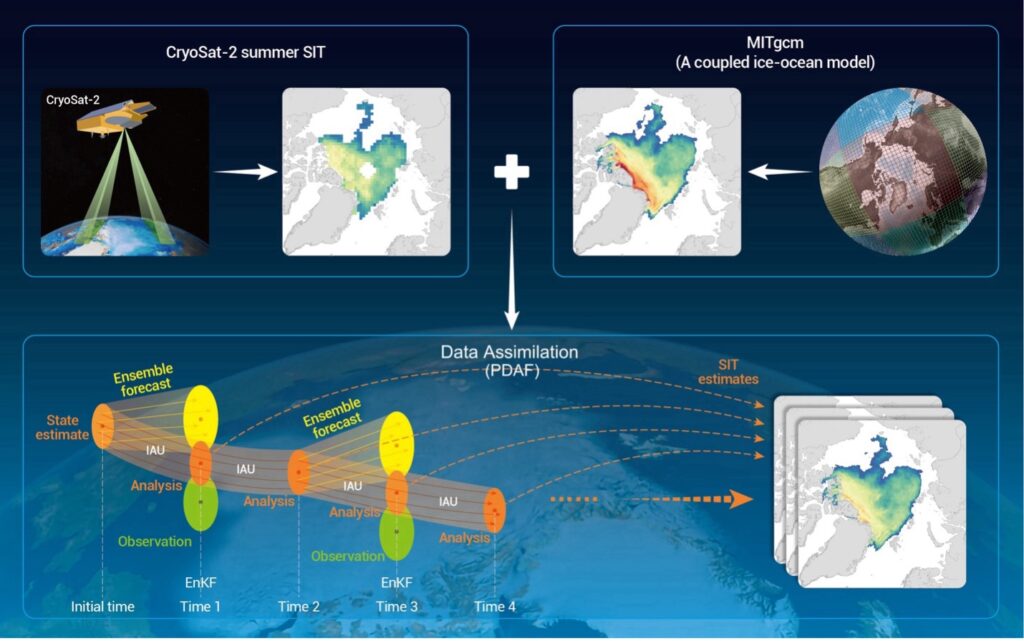 By incorporating satellite observations of summer sea ice thickness and concentration into MITgcm., a team of researchers from China and Germany is helping improve Arctic summer sea ice thickness estimation.
By incorporating satellite observations of summer sea ice thickness and concentration into MITgcm., a team of researchers from China and Germany is helping improve Arctic summer sea ice thickness estimation.
Antarctic Rifts and Icebergs
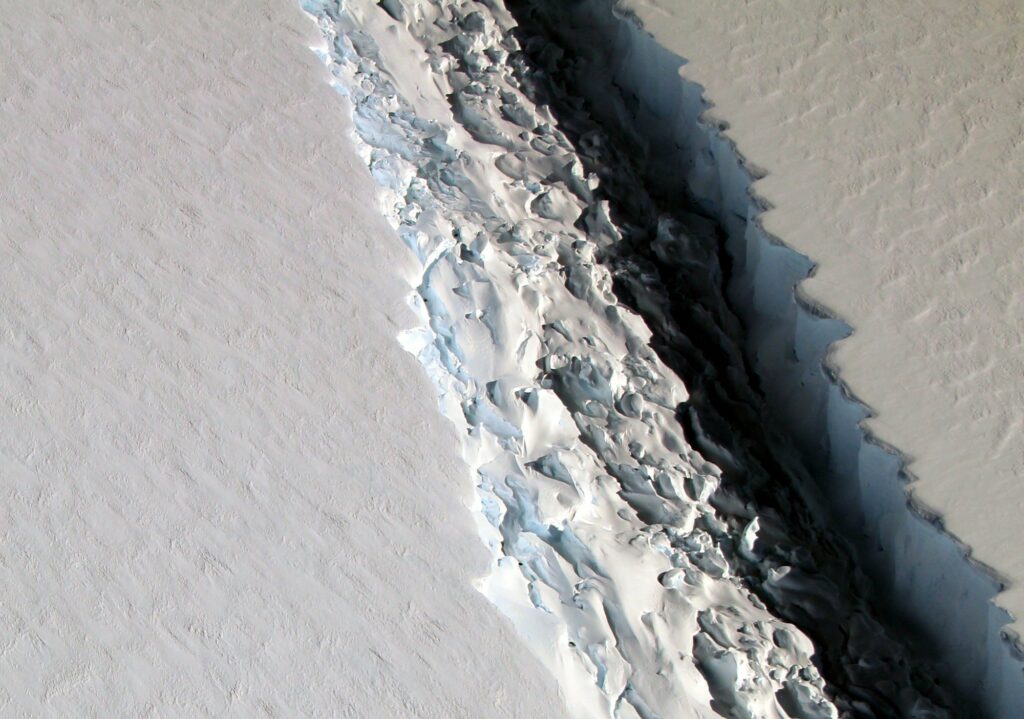 Mattia Poinelli uses MITgcm to explore what role rifts and icebergs play in shaping the dynamics of Antarctic ice shelves.
Mattia Poinelli uses MITgcm to explore what role rifts and icebergs play in shaping the dynamics of Antarctic ice shelves.
Subglacial Melting
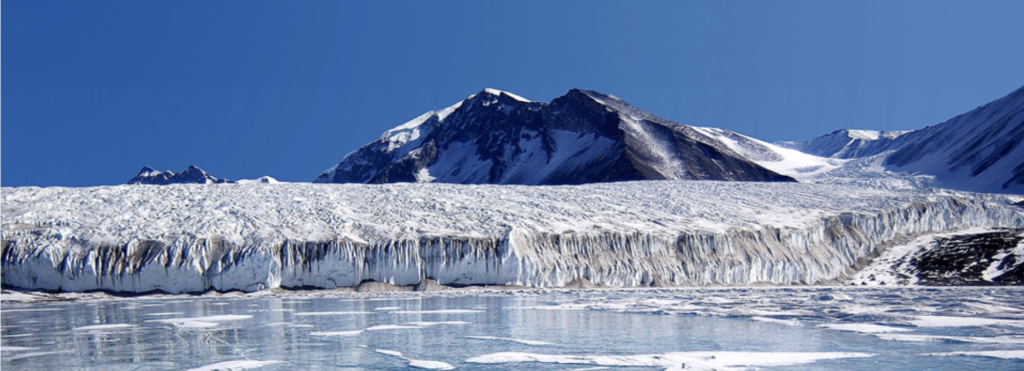 This month we spotlight research using a regional implementation of MITgcm to explore Antarctic subglacial runoff.
This month we spotlight research using a regional implementation of MITgcm to explore Antarctic subglacial runoff.
Assimilating Antarctic Sea-ice Thickness Data Revisited
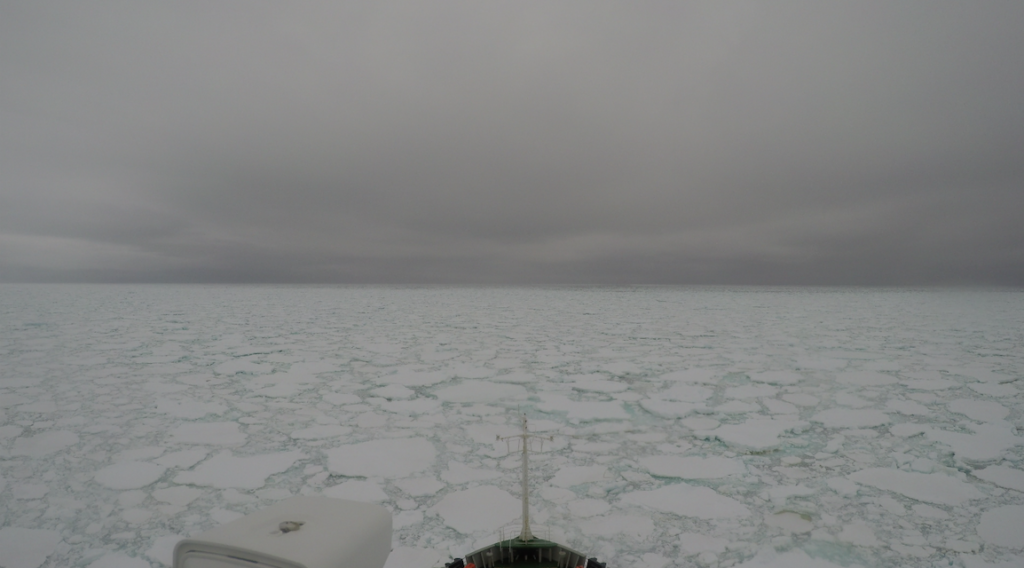 A team of researchers from China and the US has created a new atmospheric ensemble forcing for MITgcm to improve the accuracy and the uncertainty estimation of Antarctic sea ice simulation.
A team of researchers from China and the US has created a new atmospheric ensemble forcing for MITgcm to improve the accuracy and the uncertainty estimation of Antarctic sea ice simulation.
Assimilating Antarctic Sea-ice Thickness Data
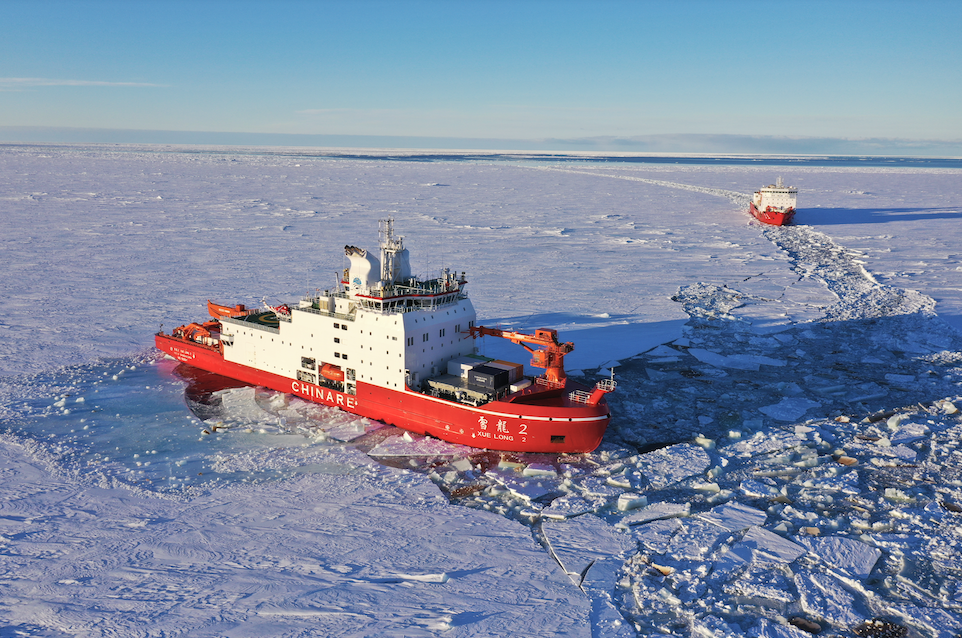
A team, bringing together researchers from China, Europe, and the US, use MITgcm to develop a new data assimilation system for the Southern Ocean with the aim of improving sea-ice thickness estimates in the region.
A Big Enough Flood
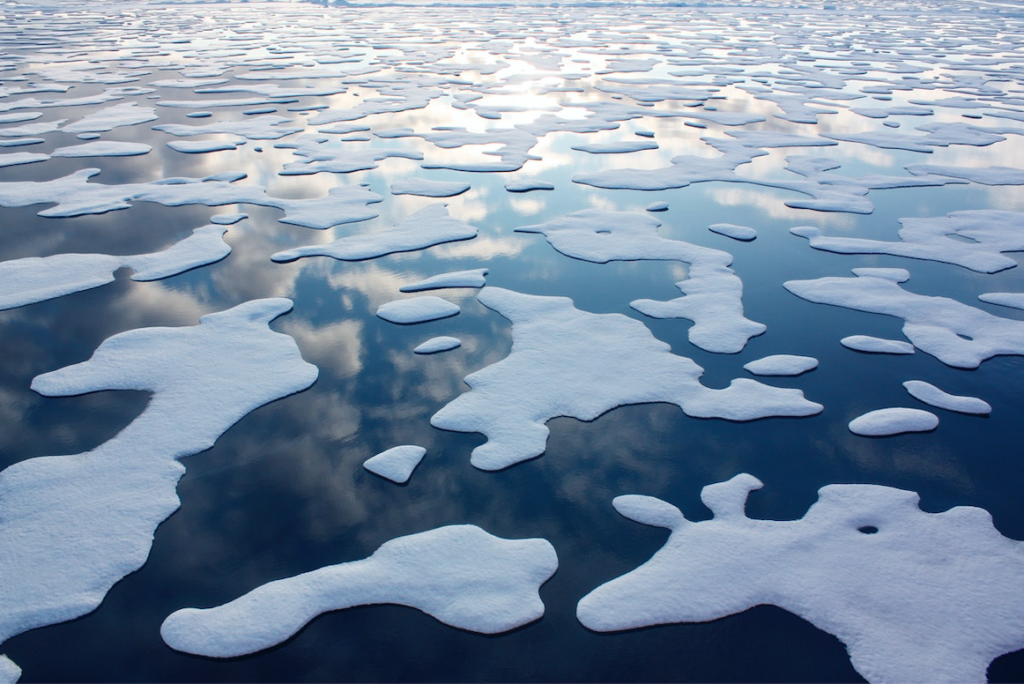 Geologists from WHOI and UMass have been using MITgcm to probe whether melting arctic sea-ice could have slowed the AMOC enough to precipitate the Younger Dryas.
Geologists from WHOI and UMass have been using MITgcm to probe whether melting arctic sea-ice could have slowed the AMOC enough to precipitate the Younger Dryas.
Blooming Antarctica
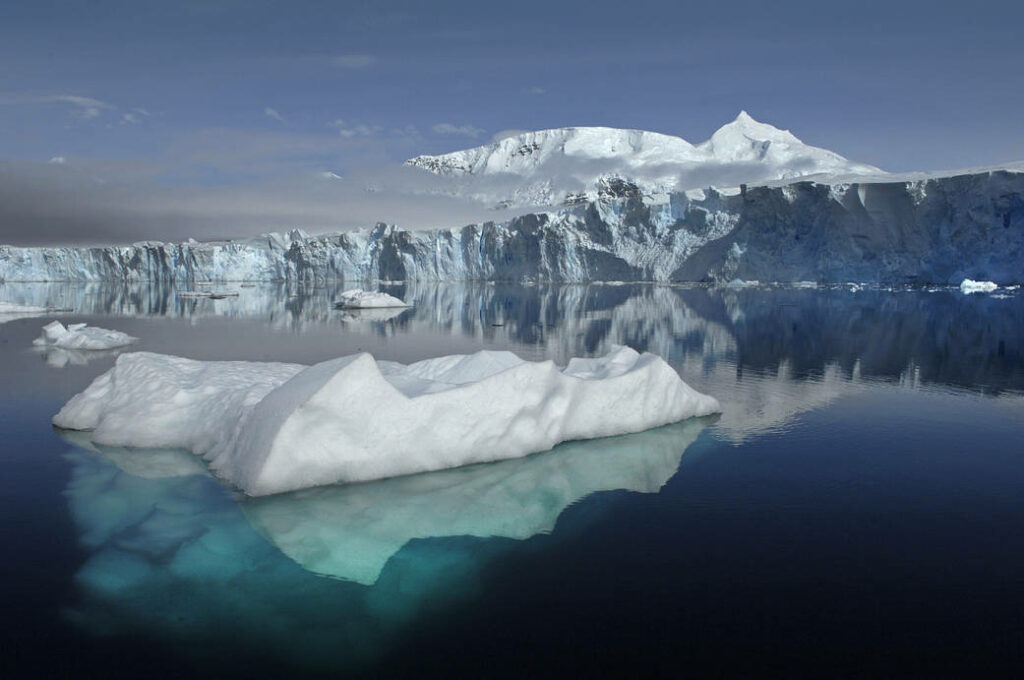 Researchers use MITgcm to understand how phytoplankton blooms and inorganic carbon respond to sea-ice variability in the West Antarctic Peninsula.
Researchers use MITgcm to understand how phytoplankton blooms and inorganic carbon respond to sea-ice variability in the West Antarctic Peninsula.
Arctic Shipping Forecast
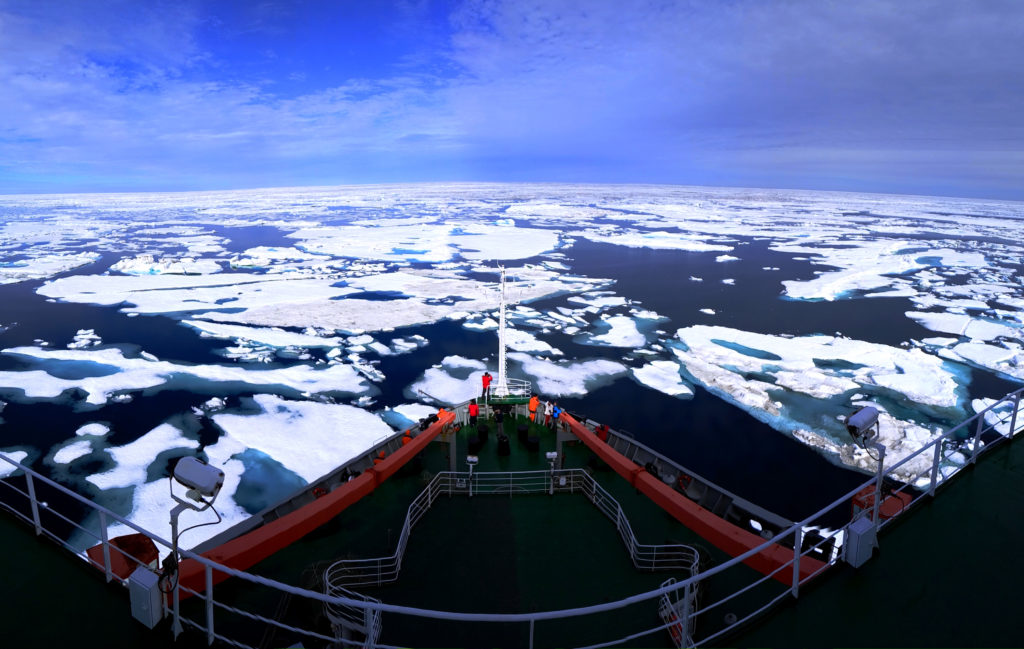 MITgcm underpins a new Chinese Arctic sea-ice prediction system.
MITgcm underpins a new Chinese Arctic sea-ice prediction system.
The Thickness of Winter Water

This month we turn our attention to scientists working at NASA JPL who have been using MITgcm to examine what sets the thickness of so-called “Winter Water” in a region of the Antarctic off shore from the Pine Island Glacier.
Getting to the Bottom of Greenland’s Glaciers
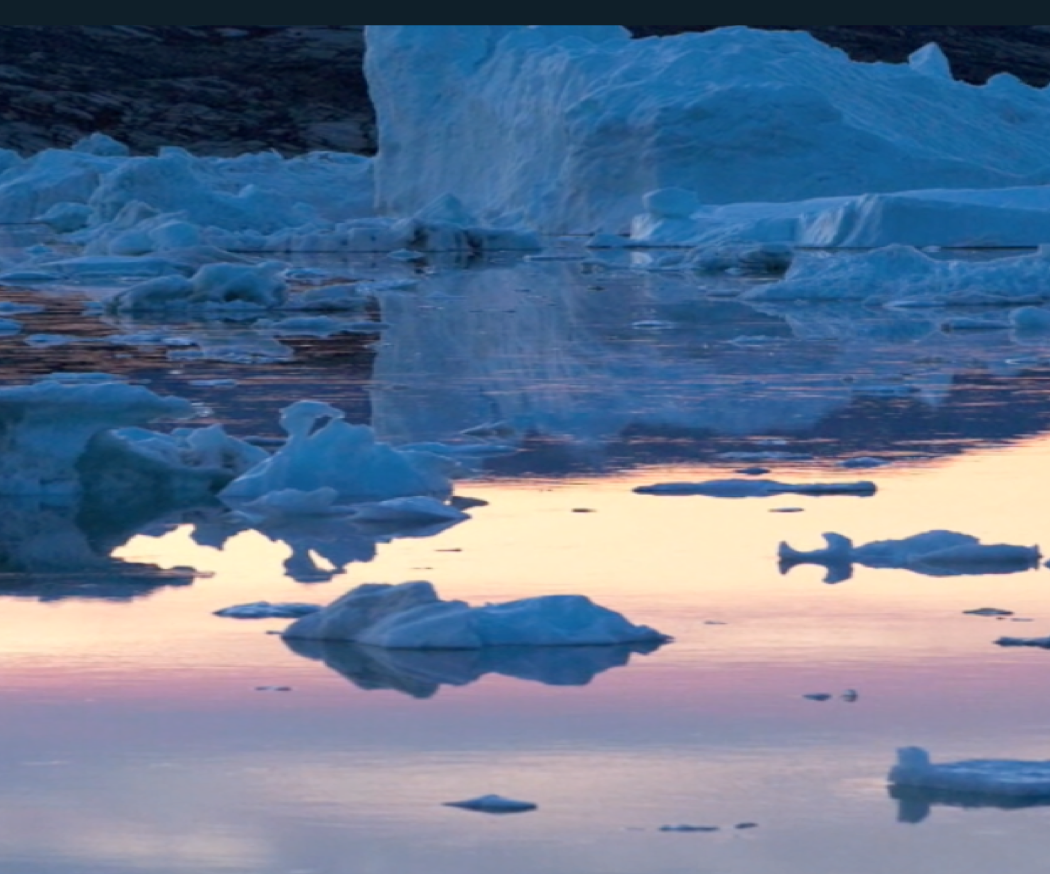 MIT postdoc Roberta Sciascia has been using MITgcm to explore the variations in submarine melt rate of Helheim Glacier induced by glacier and intermediary circulations.
MIT postdoc Roberta Sciascia has been using MITgcm to explore the variations in submarine melt rate of Helheim Glacier induced by glacier and intermediary circulations.
